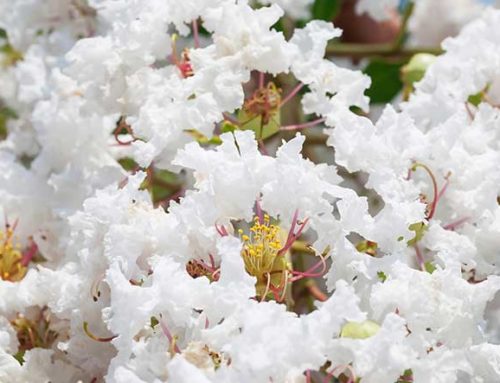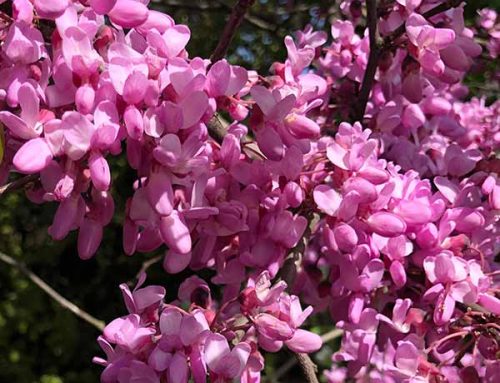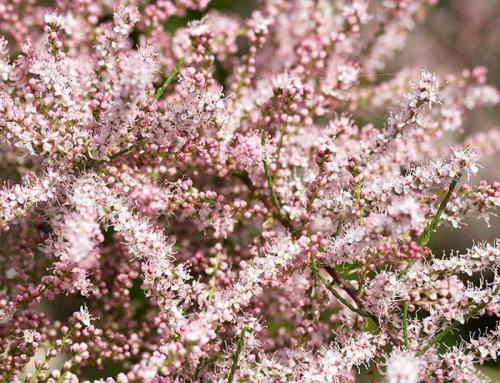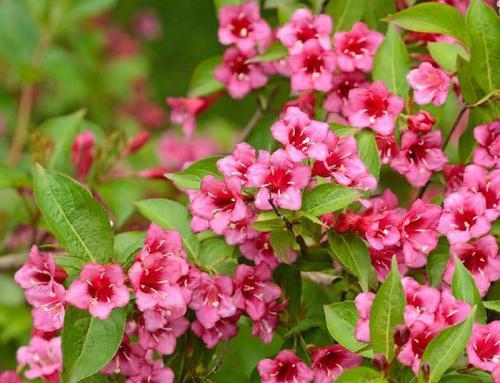Are you wondering what perennials are and how they differ from biennials or even annuals? Where does that leave woody perennials? You’re not alone!
Plants are classified into various groups to describe their lifecycle and it can get confusing. The most commonly known plant groups are evergreens, perennials, biennials and annuals.
Evergreens – well it’s pretty obvious! They are green all year round they don’t drop their leaves.
Biennials are plants sown in the summer that germinate and grow a little but flower the next year (wallflowers/sweet williams). Annuals are plants that germinate, flower and die in one year.
So that leaves perennials. ‘Perennial’ describes a plant that lives for two or more years, so it describes trees and shrubs too, but in general gardeners mean the plants that die back and regrow each year.
Perennials can be deciduous, dying down to the roots every year, or evergreen in which case they keep their leaves before growing more leaves and flowers the following year.
When you hear about ‘woody perennials’ that’s shrubs or plants with a hard wood structure. They don’t die back each year, but they do flower each year. Herbaceous perennials are the ones without a woody structure.
Clear as mud!
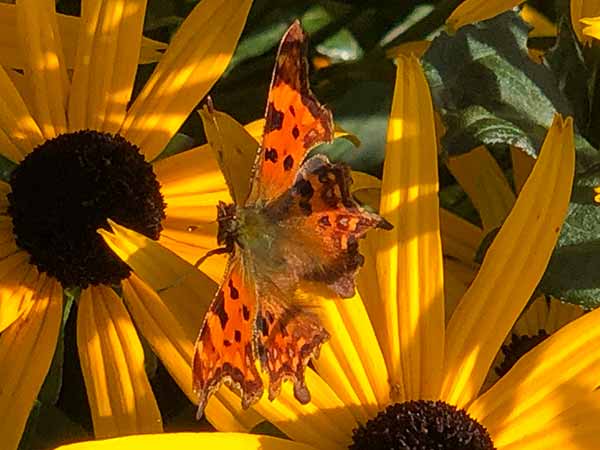
Gorgeous Rudbeckia Fulgida Goldsturm in full flower
What Do Perennials Actually Do?
Woody, herbaceous or evergreen, whatever the classification, perennials bring colour, shape and form from spring to autumn.
There’s no sowing, germination, pricking out or growing on. A few perennials need trimming or the Chelsea chop to look their best, but in general they get on with the business of growing with little interference year after year.
Choosing the right perennials means the garden is filled with colour from early spring to late autumn. After that, the evergreens take over with the exception of a few winter perennials like hellebore.
If you’re stuck for winter flowers try a witch hazel shrub – we like red flowered Diane or reliable viburnum. We have a large viburnum selection.
Back to perennials! Here’s our top recommendations for spring to autumn gardens.
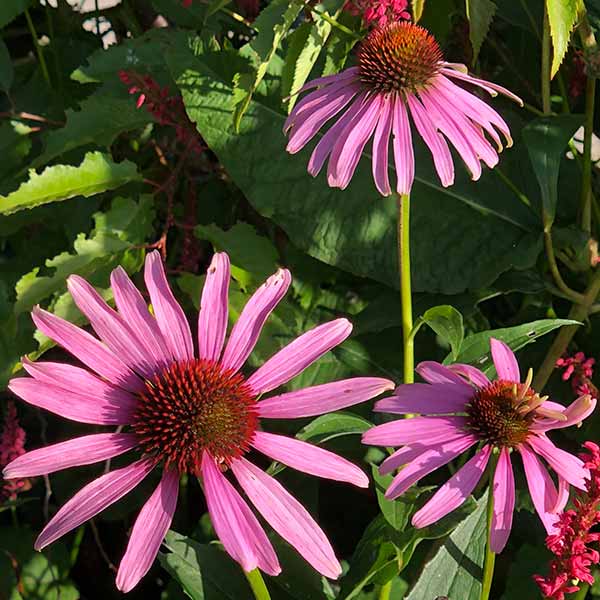
Echinacea or Coneflower are striking examples of flowering perennials.
Spring
Bulbs. Yes, bulbs are perennials that fill a border or container. Try crocus and daffs for early spring colour. Plant them in autumn for a spring display and leave them in place forever.
Start off the year with a winter to early spring flowering perennial hellebore. Double Ellen White is a clean, bright bloom that feeds the early waking pollinators.
Late spring to early summer calls for a Montana clematis, a perennial climbing vine or a Hosta (why not both?). Hostas are notable for thick beautiful foliage and pretty flowers in late spring through to early autumn – there’s always something to look at.
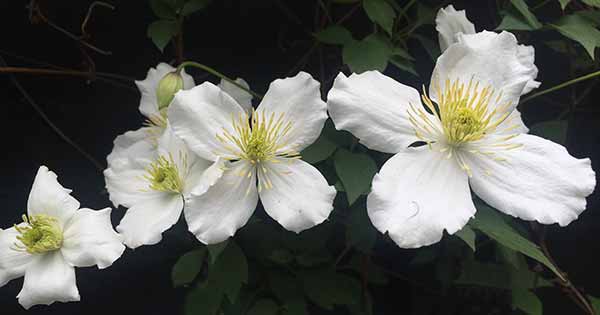
Clematis Montana, perennial vine, in Flower
Summer
Summer is the time that lots of perennials open their flowers.
Why not try perennial achillea? We like this bright yellow one. Rudbeckia and Coneflowers – echinacea are a magnet for butterflies and other pollinators. The many diverse varieties of Salvia, are good choices too.
For lots of texture and blooms try dry-loving Shrubby Germander, and for a pop of outstandingly pretty flowers it’s hard to beat RHS AGM winner Agapanthus Twister.
Russian Sage Little Spire is a summer stunner that bees can’t get enough of. It’ll reach about 40 cms tall and likes a dry sunny spot.
Here’s an evergreen perennial called Phlox Candy Stripe . This is a low-growing mat-forming plant that likes coastal areas. It has evergreen leaves that are hidden by a summertime explosion of pink and white striped flowers.
And we can’t talk about summer bloomers without mentioning lavender. Lavender has grown here in the UK for centuries. It was brought over by the Romans. What have they ever done for us? Well – they brought Lavendula Angustifolia a really tough woody perennial that can survive if the roots are dry in winter and the dead flowers are clipped back to increase air circulation. Remember not to clip into the woody structure as that doesn’t regenerate. Only trim back the new growth please.
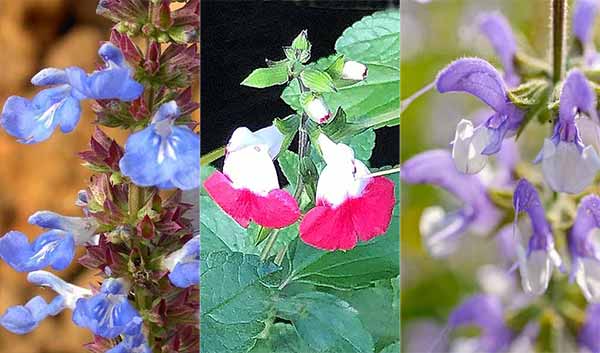
Salvias can add a host of colour to your summer garden.
Autumn
We’re putting hardy geranium Psilostemon Dragon Heart in an autumn slot, but this tough pink flowering perennial flowers in spring, summer and autumn. It looks good beneath roses or tall shrubs and covers the ground.
There’s also Kniphofia Uvaria, known as Red Hot Poker or Torch Lily, that blooms in late summer into autumn blasting a jolt of colour into the border.
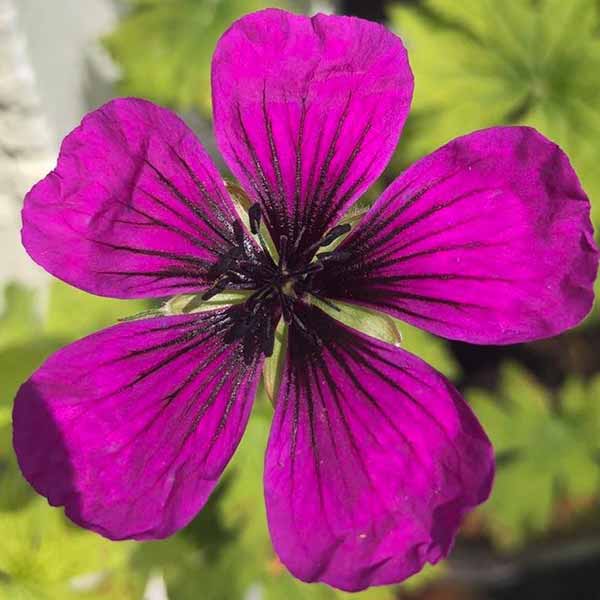
Autumn Flowering Geranium Dragon Heart.
Why You Need Perennials
Perennials are good value. Pay once and they grow back each year.
They are also easy to divide. Autumn is usually the best time to dig them up, split them in half with a sharp spade, and replant both halves. The new growth will often readily take as a cutting too.
Perhaps the best reason to buy perennials is because they are the plants that turn a winter garden into a summer garden.
They pop up often out of no-where to surprise you, and fill the space with friendly colour.
A year-round structure of evergreen shrubs, with spring to autumn flowering perennials and a few spring time bulbs creates a hardworking, spectacular garden in the border or a container on your balcony.
It’s worth getting to know perennials. They are the stars of a spring to autumn garden.

